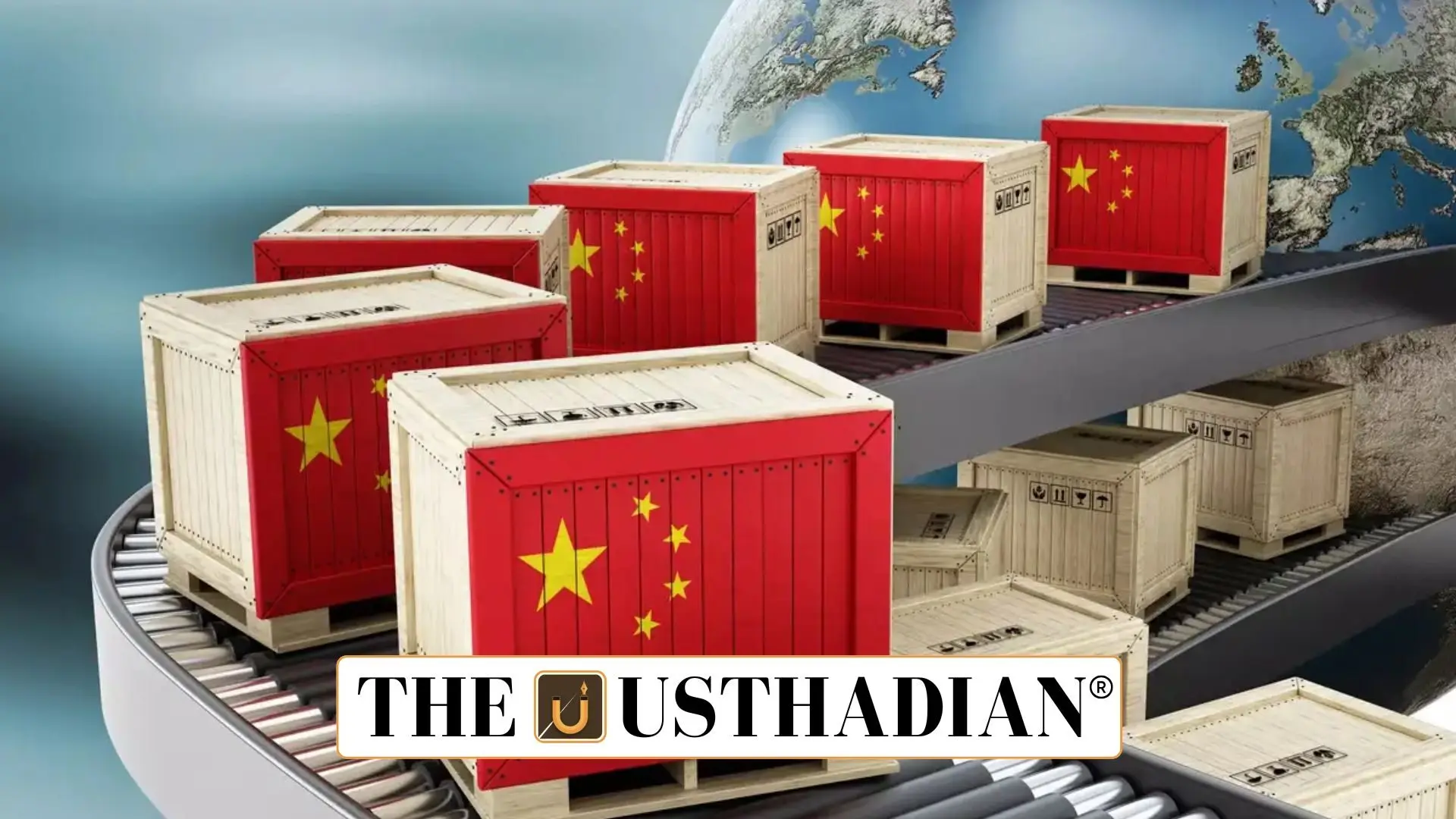A Strategic Move With Global Repercussions
China’s Rare Earth Export Curbs: Global Shockwaves and Strategic Risks: In early April 2025, China announced a restriction on the export of seven key rare earth elements (REEs), rattling global markets. This move came on the heels of renewed U.S. tariffs, reigniting tensions between the two economic giants. China’s decision, framed as a national security measure, has far-reaching consequences. These elements are essential to everyday gadgets like smartphones and laptops—but even more so to military and green technologies.
What Makes Rare Earths So Critical?
Rare Earth Elements are a group of 17 metallic elements, including scandium, yttrium, and the 15 lanthanides. Although not rare in the Earth’s crust, they are difficult to mine and refine economically. China’s newly restricted list includes samarium, gadolinium, terbium, dysprosium, lutetium, scandium, and yttrium—elements crucial in the production of missile systems, electric vehicle motors, wind turbines, and even MRI scanners.
These elements are prized for their magnetic, catalytic, and luminescent properties. For instance, dysprosium and terbium are vital for producing heat-resistant magnets used in electric vehicles and aerospace components.
China’s Dominance in the REE Market
Here’s the hard truth: China controls 85–95% of the global REE supply, not just in mining but more importantly in refining. This makes any policy shift from Beijing a global shockwave. Key REE-producing regions in China include Inner Mongolia, Jiangxi, Sichuan, and Guangdong. China labeled these minerals as “strategic” back in the 1990s and has used them as economic leverage before—blocking exports to Japan in 2010 and threatening a halt to the U.S. in 2022.
Who’s Affected, and How?
The U.S., European Union, and Japan are the most affected, given their heavy dependence on Chinese REEs for defense and renewable energy manufacturing. As a result, industries may face price hikes—for example, dysprosium costs could jump from $230 to $300 per kilogram. Manufacturing electric vehicles or offshore wind turbines without stable REE supplies is nearly impossible.
Countries with emergency stockpiles may weather the storm briefly. But long-term solutions require diversifying supply chains, improving domestic exploration, and investing in recycling technologies.
STATIC GK SNAPSHOT
China’s Rare Earth Export Curbs: Global Shockwaves and Strategic Risks:
| Topic | Details |
| Export Ban By | China (April 2025) |
| Elements Affected | Samarium (Sm), Gadolinium (Gd), Terbium (Tb), Dysprosium (Dy), Lutetium (Lu), Scandium (Sc), Yttrium (Y) |
| China’s Global REE Share | 85–95% |
| Key Sectors Affected | Defense, Green Energy (EVs, Wind Turbines), Electronics |
| Similar Past Actions | 2010 Ban on Japan, 2022 Threat to USA |
| Major Chinese REE Regions | Inner Mongolia, Jiangxi, Sichuan, Guangdong |
| Impact on Prices | Dysprosium expected to rise to $300/kg |
| REE Properties | Magnetic, catalytic, luminescent |








